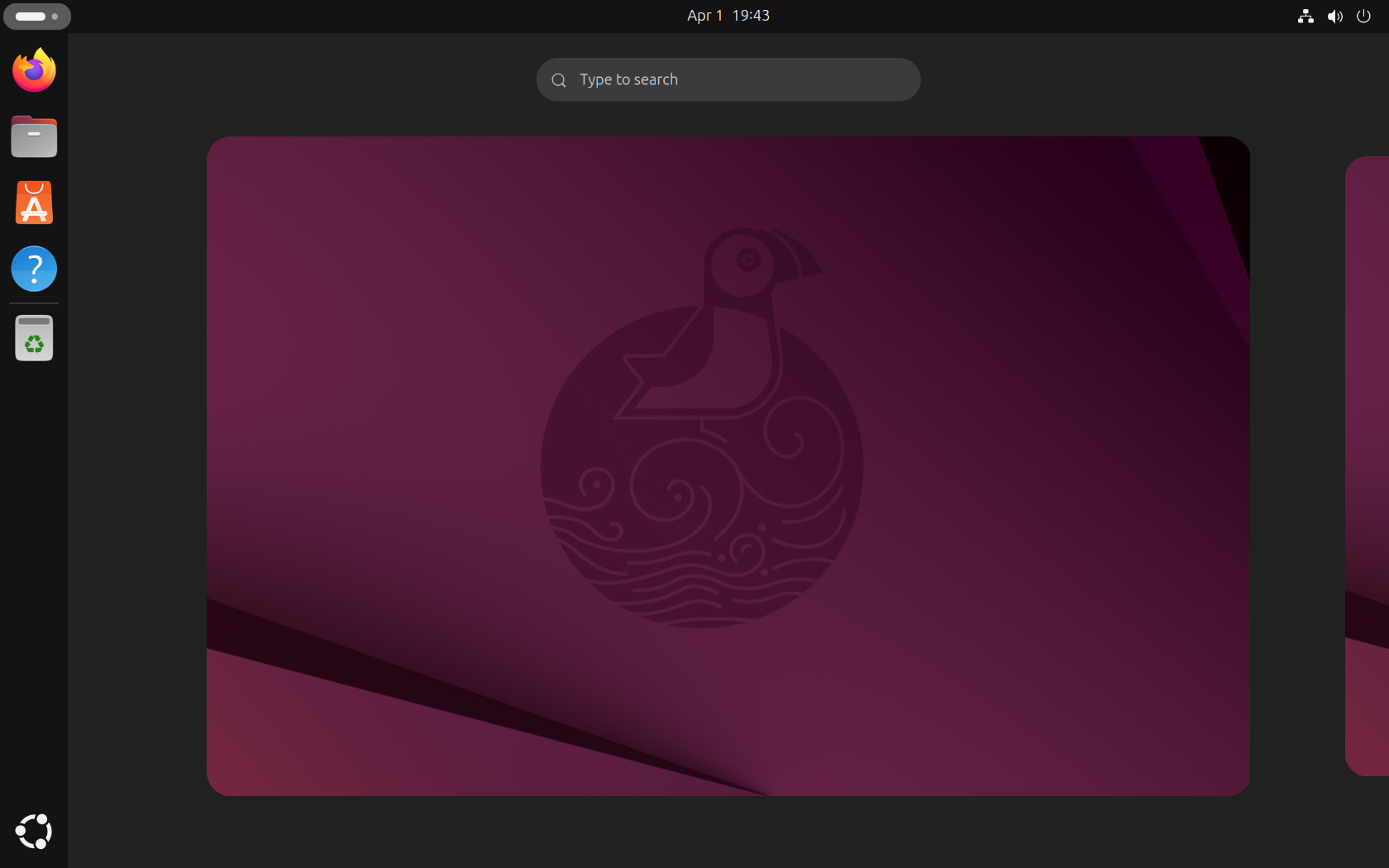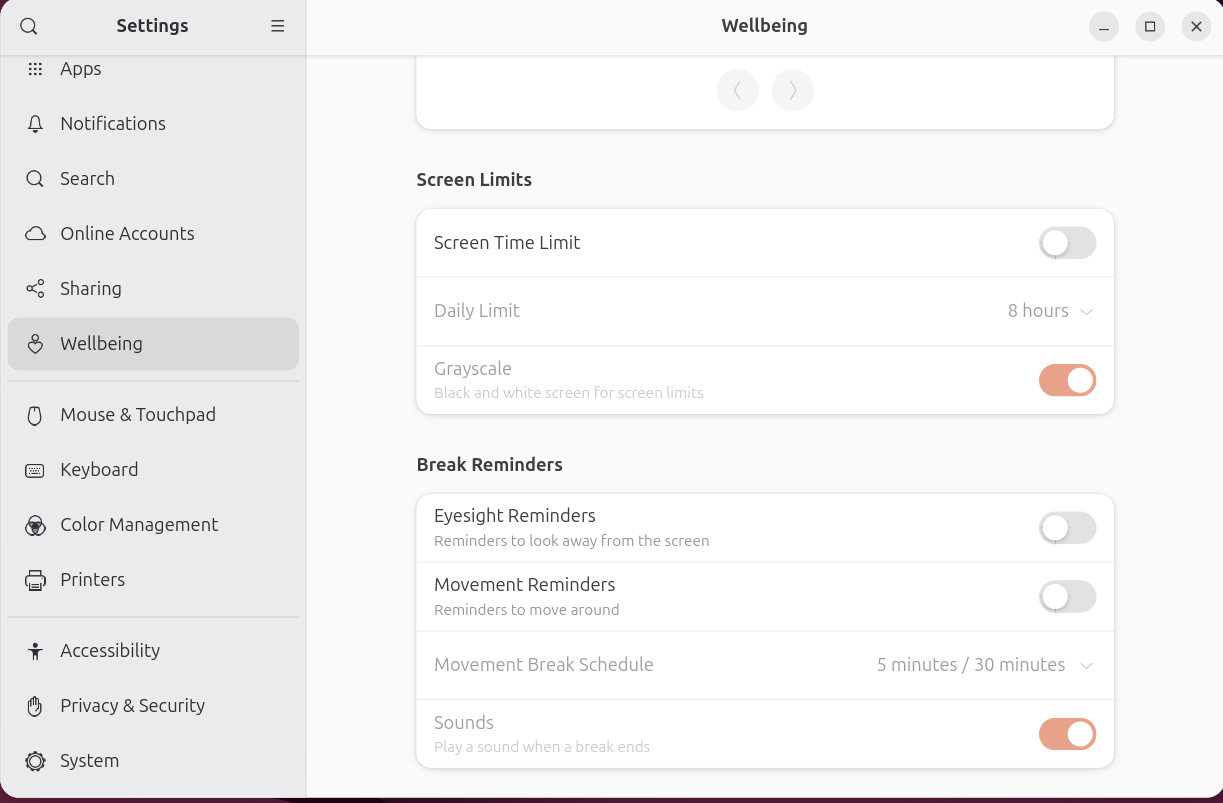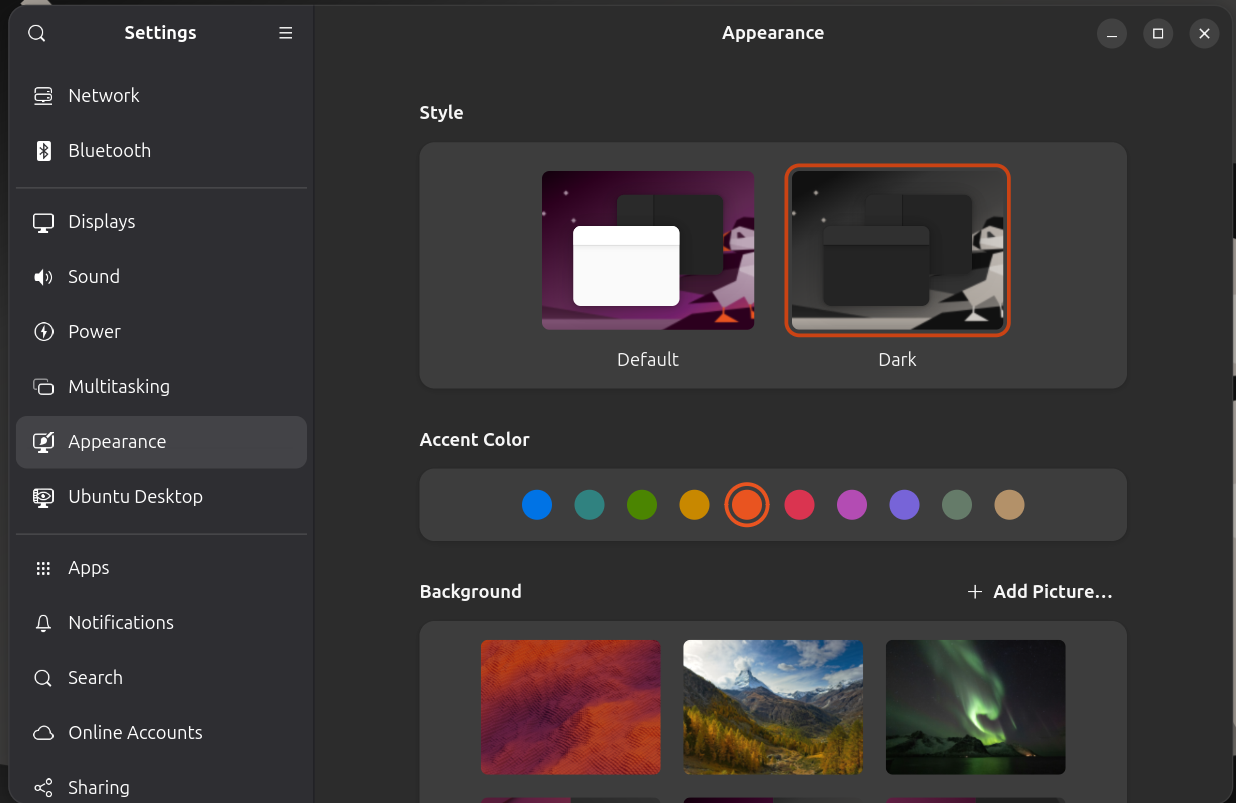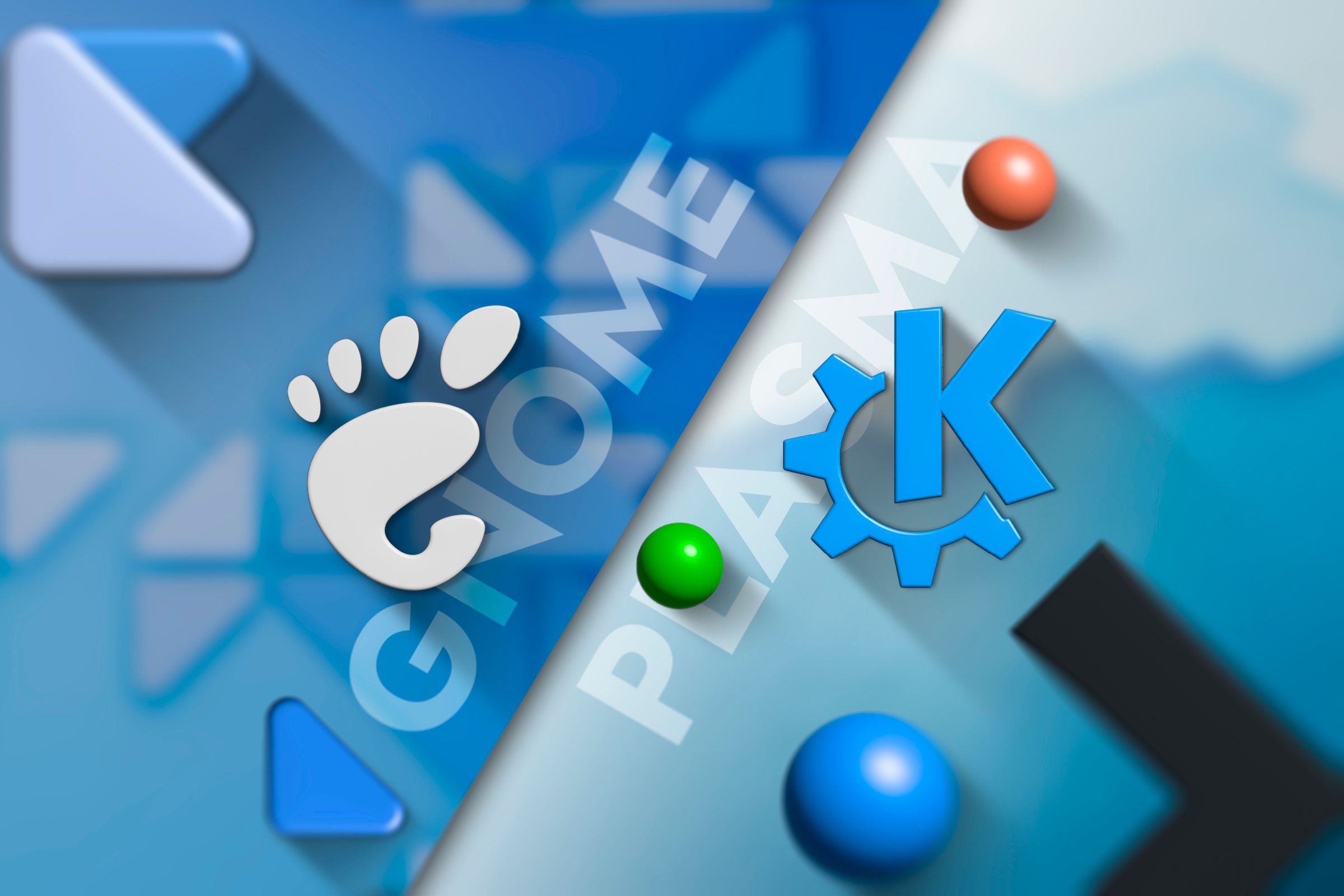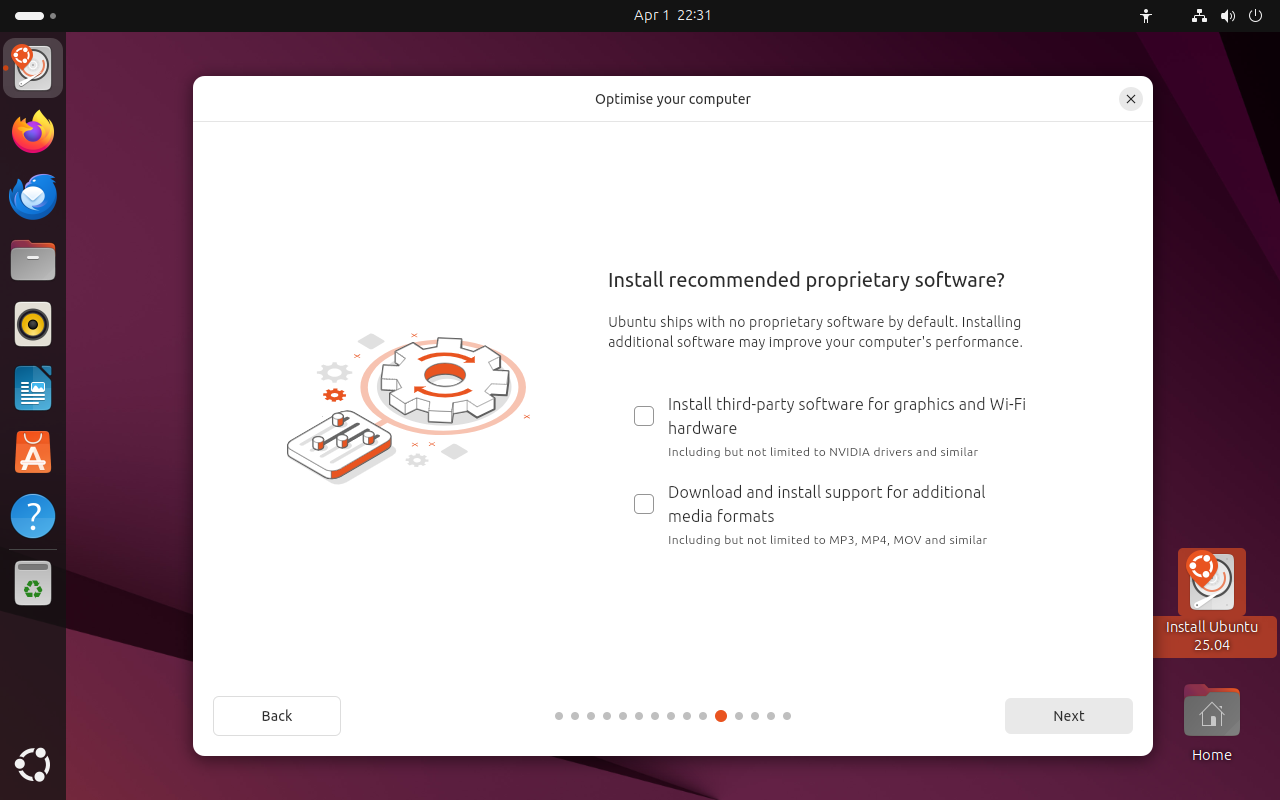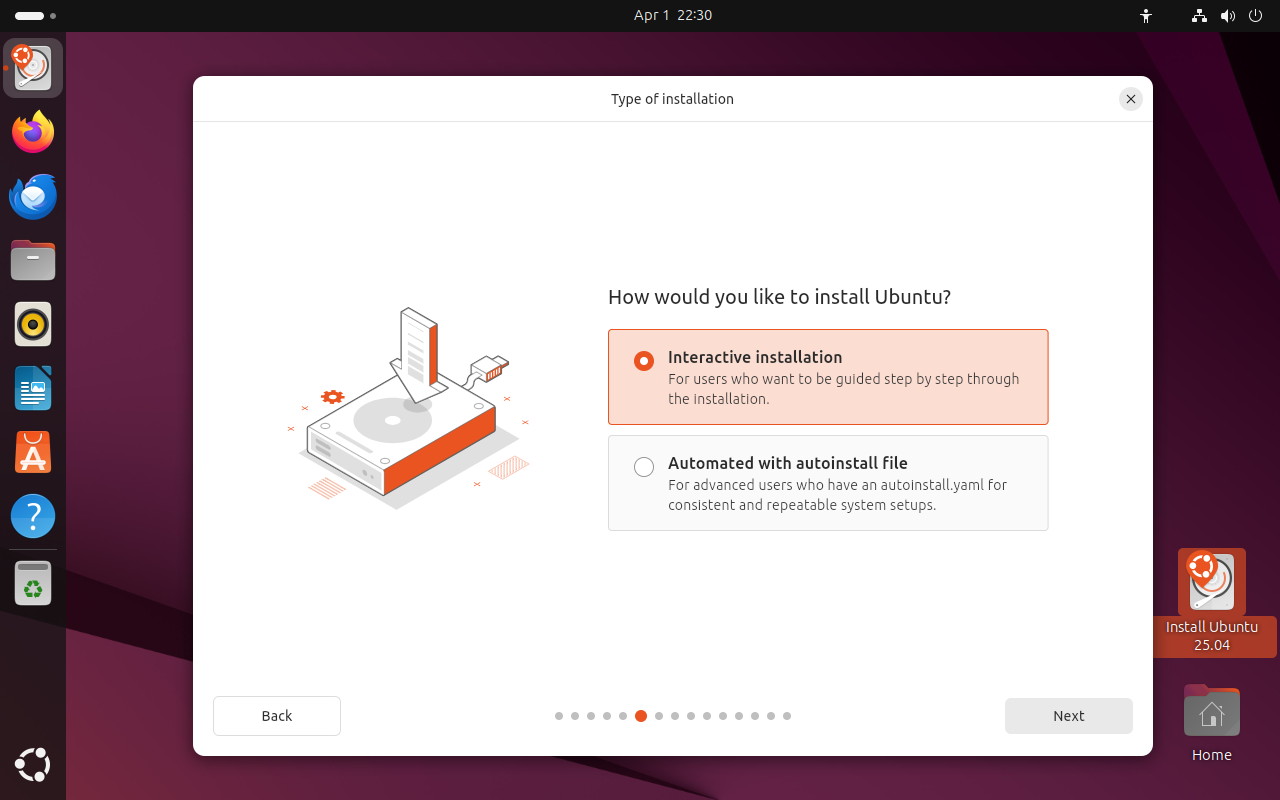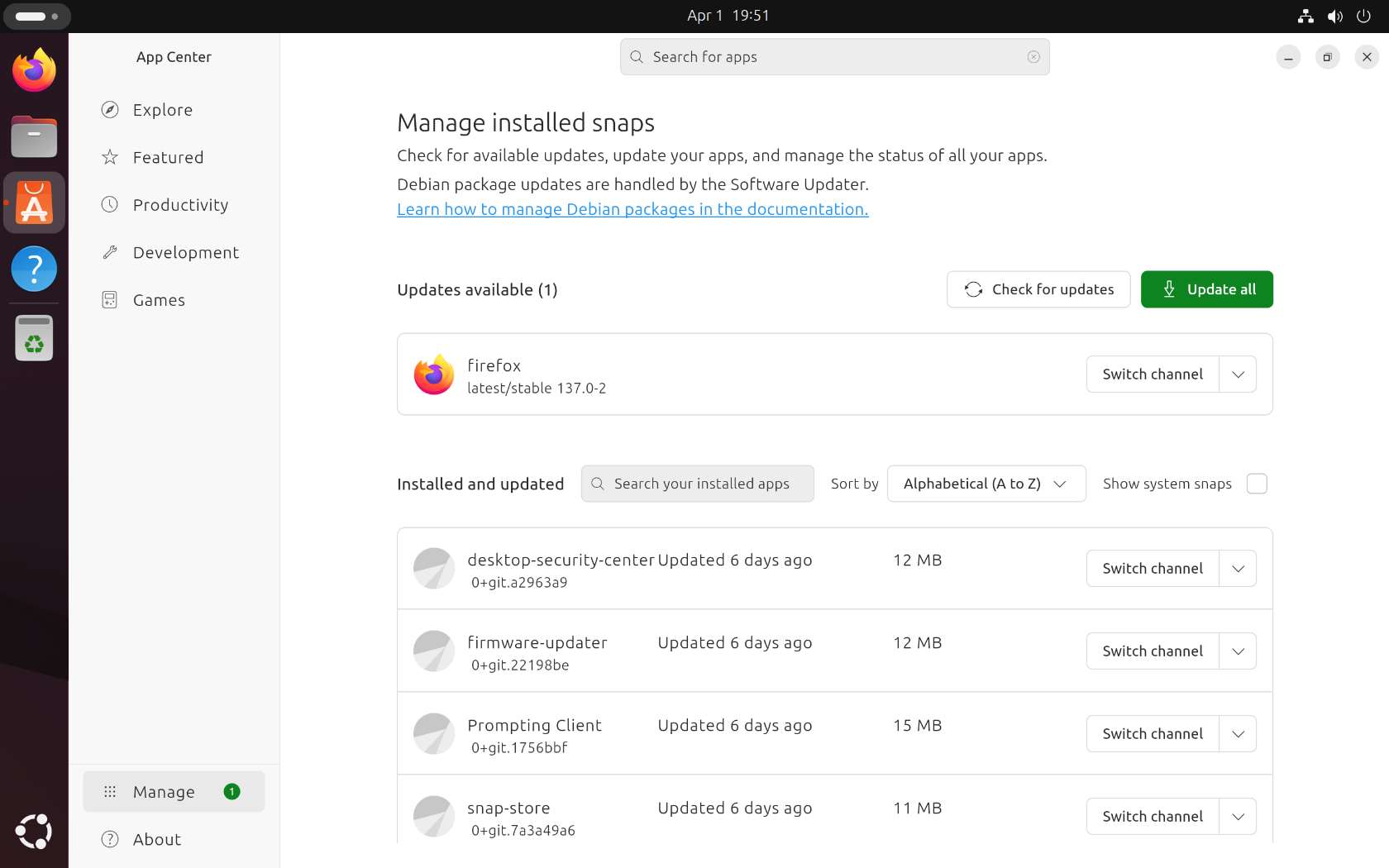Ubuntu 25.04, nicknamed “Plucky Puffin” is arriving this month. The release takes major steps forward to help prepare for the next long-term support (LTS) release next year.
Introducing Ubuntu 25.04: Plucky Puffin
Ubuntu 25.04 lands right in the middle of the distribution’s LTS release cycle, meaning it isn’t bound by the need to lock in changes for stability’s sake. That said, Ubuntu isn’t exactly known for rolling release-style breaking changes in the first place, but it does mean you can expect to see more here than in some past updates.
That said, some of the most significant changes may be coming in future releases. A recent thread on the Ubuntu Discourse forum had several contributors discussing moving away from GNU coreutils in favor of the newer uutils suite. This is written in Rust, which has been a controversial topic in the Linux community lately.
Regardless, the future of Ubuntu isn’t what we’re here to discuss, but instead what’s here. Ubuntu 25.04 still looks and feels like classic Ubuntu, or at least how it’s looked since it embraced the color purple. This has its pros and cons, which likely vary depending on your typical Linux distribution of choice.
For example, as we’ll see, some improvements and changes to GNOME either aren’t yet available in Ubuntu, or are slightly different than they would be on a more “vanilla” distro.
It’s worth mentioning that my impressions are based on running the latest available version of the 25.04 Beta at the time of writing, so the final release may yet differ slightly.
Linux Kernel 6.14 and systemd Updates
Ubuntu 25.04 ships will the Linux 6.14 kernel, which is still receiving minor updates in the beta leading up to release. That said, regardless of minor version number in the official released Ubuntu version, this kernel version brings some sizable improvements.
One of the more interesting updates is a new primitive driver known as ntsync. This isn’t a filesystem driver, but instead works with Windows compatibility layers like WINE can see impressive performance improvements, with frame rate increases of 50 to 150 percent.
In another gaming improvement, the xpad driver now supports third-party Xbox 360 controllers that were previously unsupported. You can now remap the Copilot key, meaning it is no longer completely useless when running Linux.
In terms of AI you can actually use on Linux, a new driver added to the kernel may be of interest. This enables support for AMD’s XDNA Neural Processing Unit (NPU), meaning users can now take advantage of this hardware on Linux.
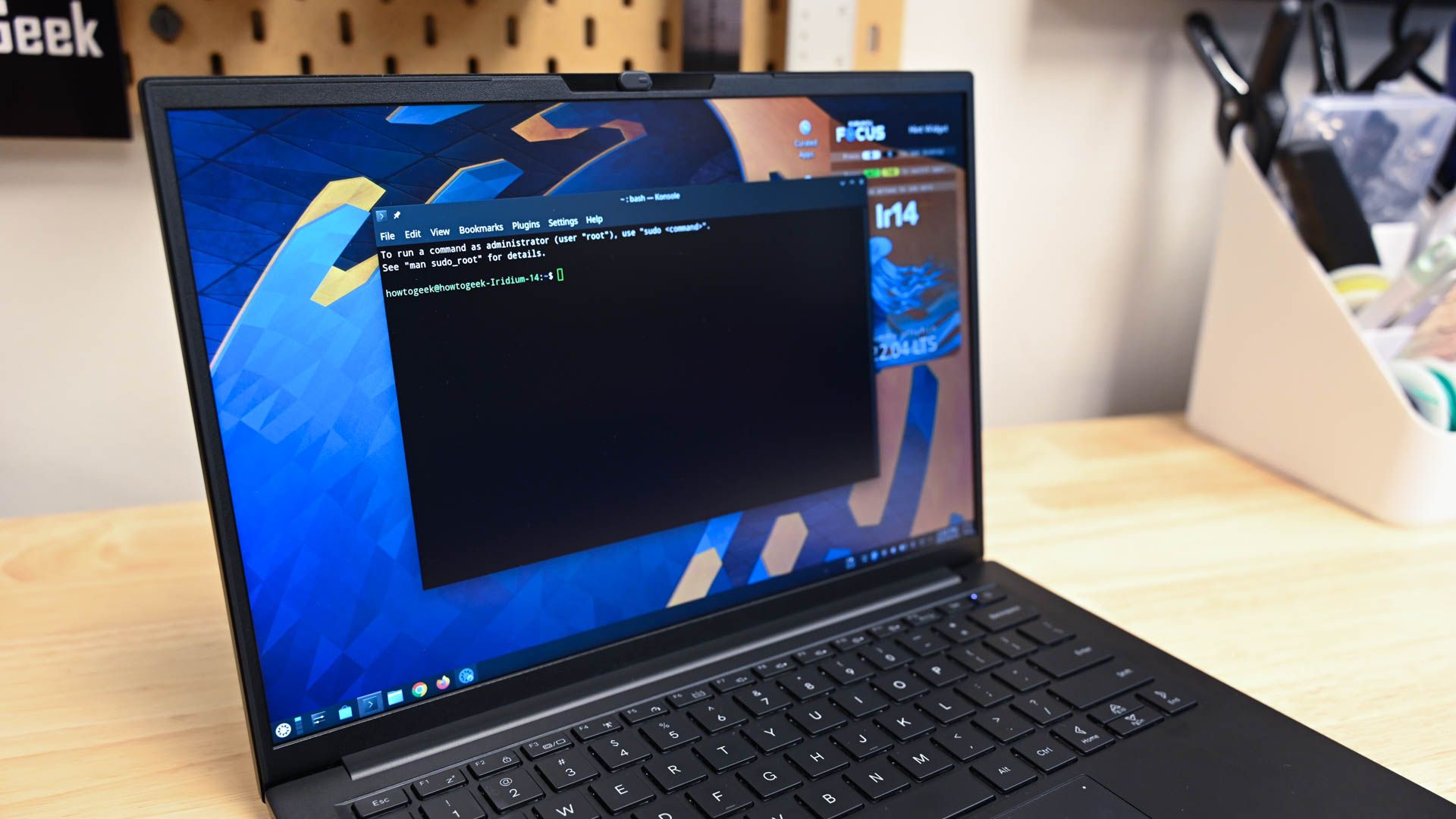
Related
Finally, systemd has seen multiple updates, including a new option to wait for DNS servers to be configured and reachable. In terms of building software, the toolchain has been updated with highlights including gcc 14.2, binutils 2.44, and glibc 2.41. LLVM now defaults to version 20, while Rust defaults to version 1.84.
GNOME 48
Also new in Ubuntu 25.04 is GNOME 48, which was released in March. While this version of the desktop environment promises plenty of updates, not all of them were there at the initial release, and this is true for Ubuntu as well.
One feature that has made it into the latest version of Ubuntu is the new Wellbeing tab in the Settings app. This is similar to the Screen Time tools you’ll find in macOS or other Apple devices, and is aimed at helping you keep track of how much time you’re spending in front of your computer screen.
The app doesn’t just show you how much time you’re logging in front of the screen, but also tools to help assist you with it. This could mean setting a time limit you want to use the computer for, or it could mean turning on grayscale mode to make things a little less flashy and eye-catching.
On the other end of the spectrum, if you’re using an HDR-compatible display, you’ll now find HDR settings available in the Display Settings. One issue here is that this simply seems unavailable if HDR isn’t supported, so if you’re having an issue getting things configured, the official Settings app doesn’t seem like it will be much help in this case.
Enhanced Nvidia GPU Performance
Unless you’re buying a brand-new and therefore largely unsupported video card, it’s generally expected that you’ll get better performance as drivers improve. That’s the case here in general, but specifically in this case, Nvidia users can expect an improved gaming experience with Ubuntu 25.04.
The Nvidia driver packaged by Ubuntu will now enable a new feature by default, known as Dynamic Boost. This effectively balances power between the GPU and CPU, with the ability to route more power to one or the other, depending on where it’s needed most at a given time.
This feature has been built into the Nvidia driver for some time, but the way it was packaged didn’t allow the necessary nvidia-powerd daemon to run. Apparently, the Ubuntu team deemed this significant enough that it granted a feature freeze in order to add the feature to the upcoming release.
What does this mean for gamers? If you have a gaming PC you built yourself, not much. That said, if you have a recent laptop with an Nvidia GPU, you can expect to see improved frame rates in games, in some cases anyway. Games that rely more on the GPU and less on the CPU will see the biggest boosts.
Easier Installation and Dual-Booting With Windows
Ubuntu has a reputation for being easy to install, and it’s well-deserved. If anything, the process has only gotten easier over the years. That said, the team has been hard at work sanding off the rough edges wherever they remain, and that’s clear with the 25.04 release.
Unfortunately, I didn’t get to test most of the new improvements to the installer first-hand, as I didn’t have access to a computer running Windows to dual-boot with. Many of the new updates to the installer focus on installing Ubuntu alongside BitLocker-encrypted Windows, which will be a boon for plenty of users out there.
If you’re planning on dual-booting, you don’t need to worry about leaving the Linux side unencrypted, either. The installer now makes it easier to encrypt a Linux installation that you’re dual-booting alongside Windows.
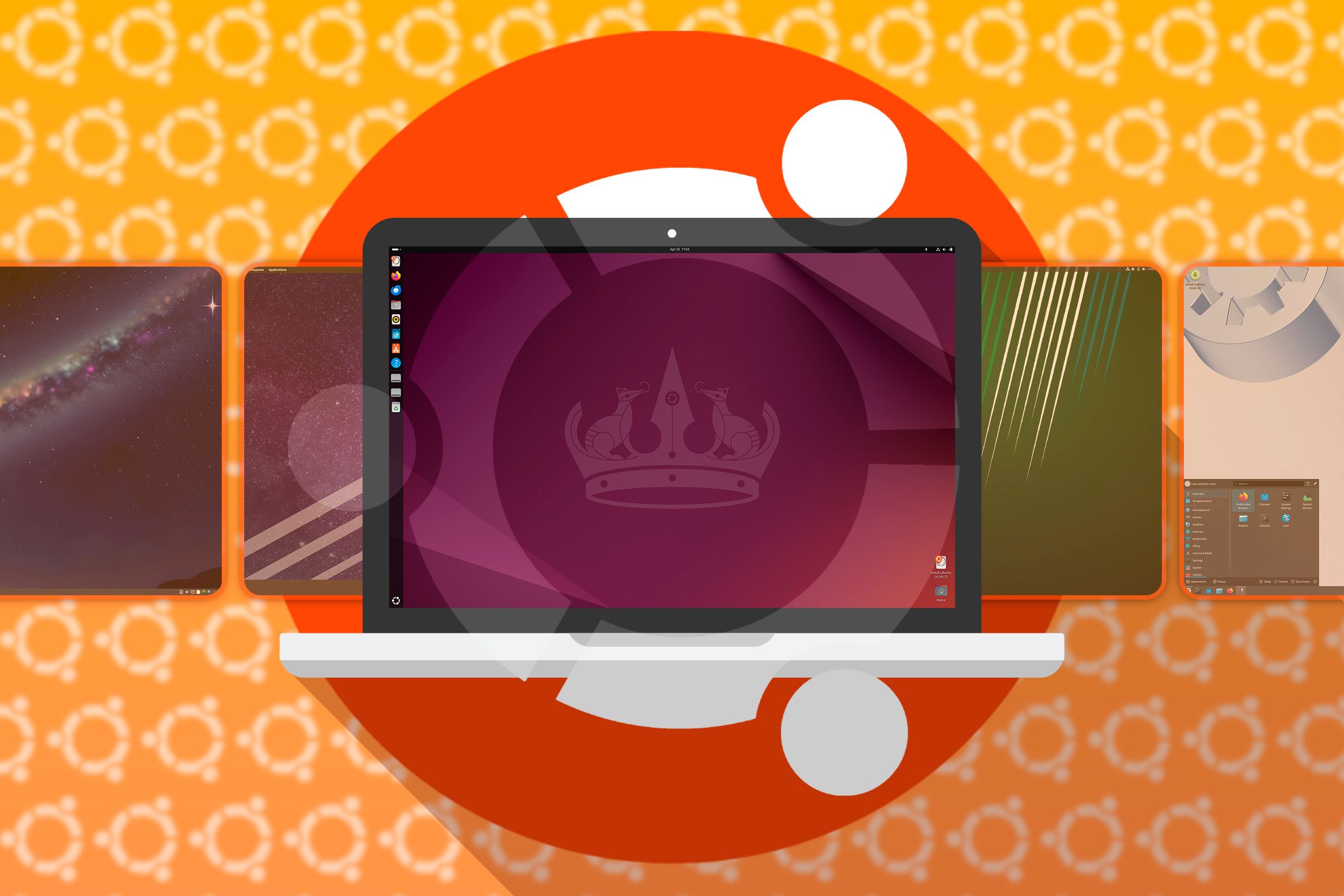
Related
I’m a Distro-Hopper, But Here’s Why I Come Back to Ubuntu Every Time
It’s the most popular distro for a reason.
Even if you’re installing Ubuntu on a full disk, the option to encrypt is easily visible and available. If your laptop travels with you, this is a bit of extra protection you really should consider during installation.
Updated Software
Of course, then there’s the software you actually use, starting with a big one: version 3.0 of the GNU Image Manipulation Project. This update to the venerable open-source Photoshop alternative has long been in the works, and it’s finally here. It’s the same image editing program you know and (perhaps) love, but now with a ton of refinements.
LibreOffice has been updated to version 25.2, while Thunderbird is version 128 “Supernova.” Firefox is currently sitting at version 137, and this looks like the likely version that will ship with the distro.
The Ubuntu Discourse page about the 25.04 beta makes special mention of the fish shell, which has been rewritten in Rust. This shell is increasingly popular, and while this is just a hunch, I wouldn’t be completely surprised to see fish pop up as the default shell in a future Ubuntu release.
To install any apps that aren’t part of the Ubuntu 25.04 default install, take a look at our guide to installing software on Ubuntu with Snap or apt.
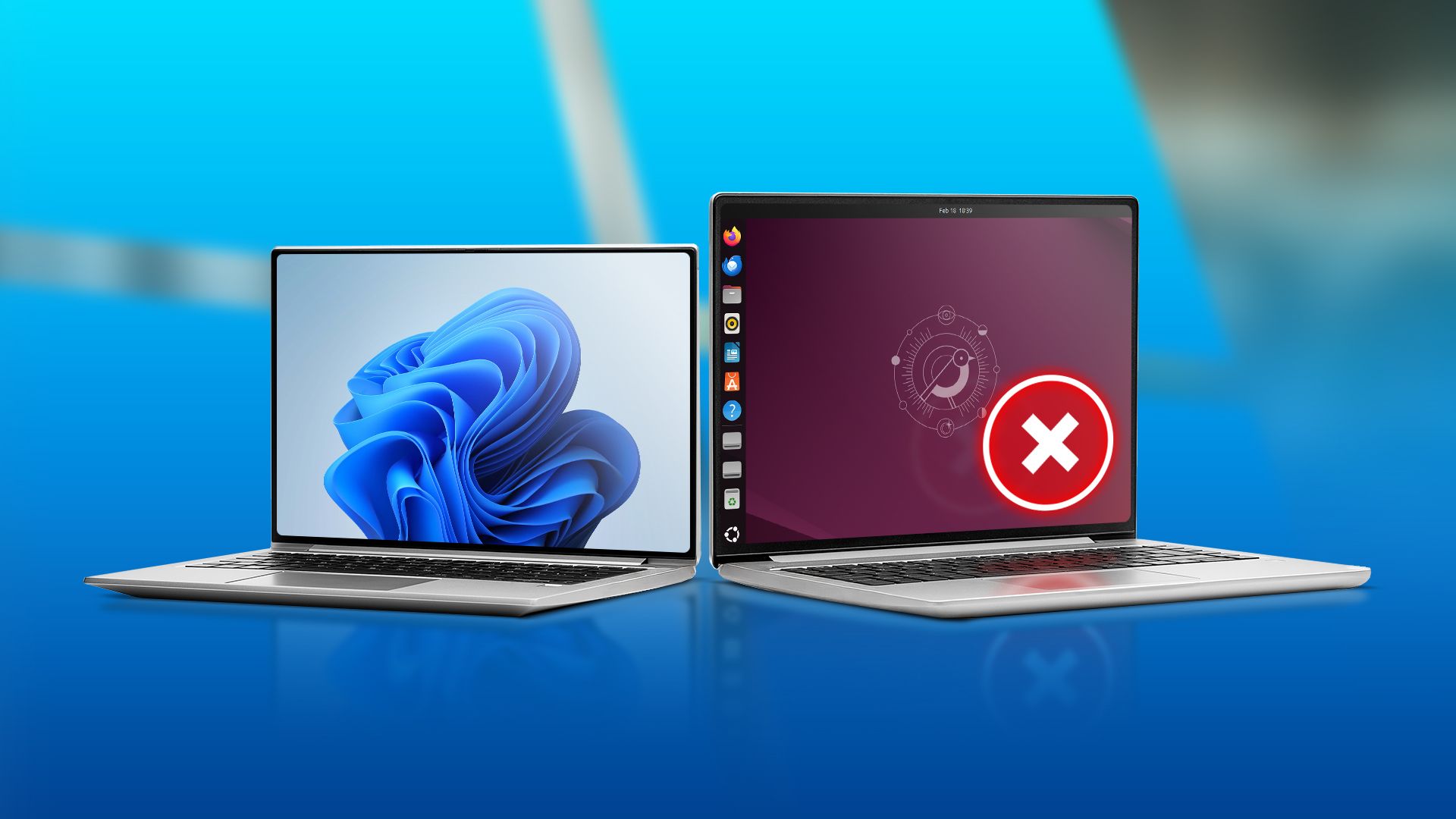
Related
5 Reasons Ubuntu Is Not the Best Windows Replacement
Just because something is popular, that doesn’t mean it’s the best.


